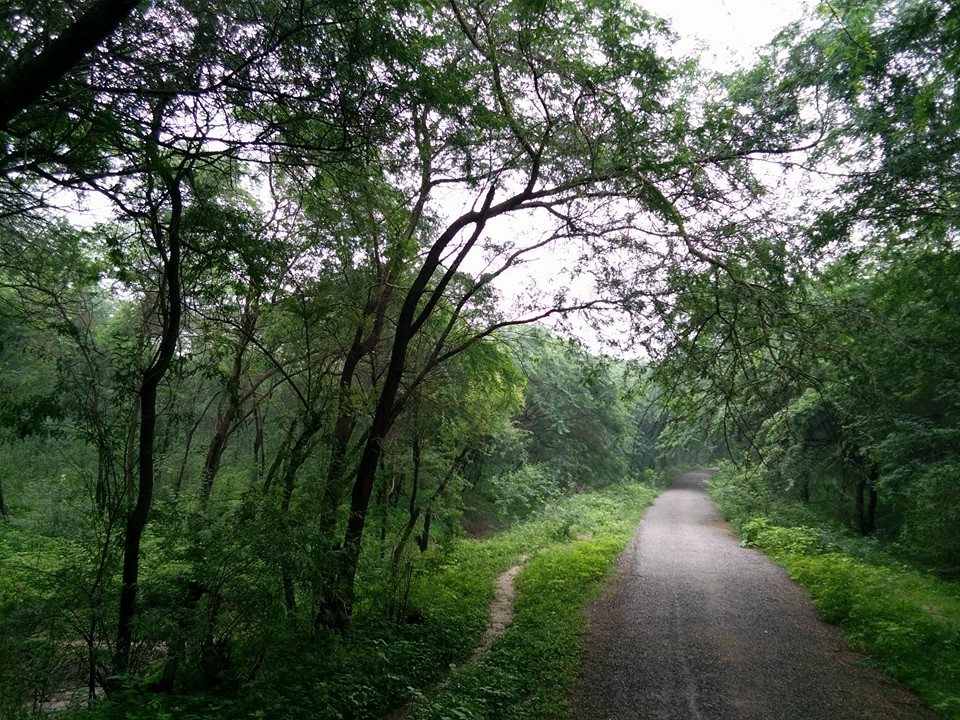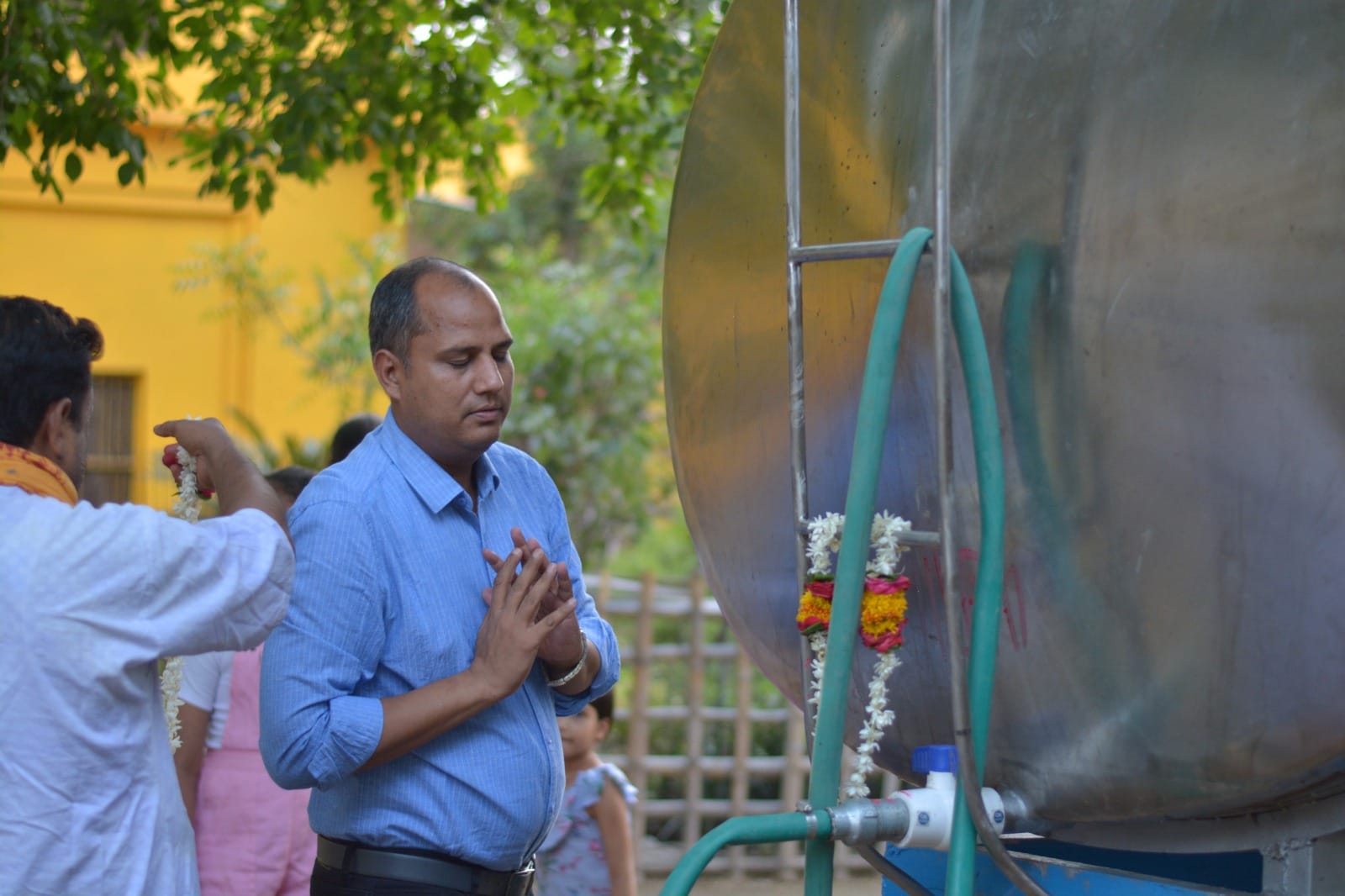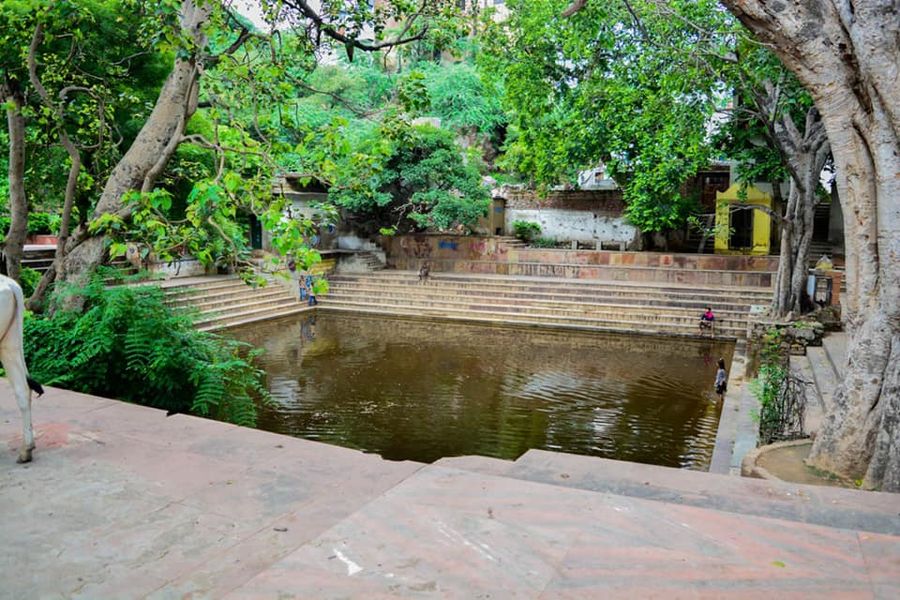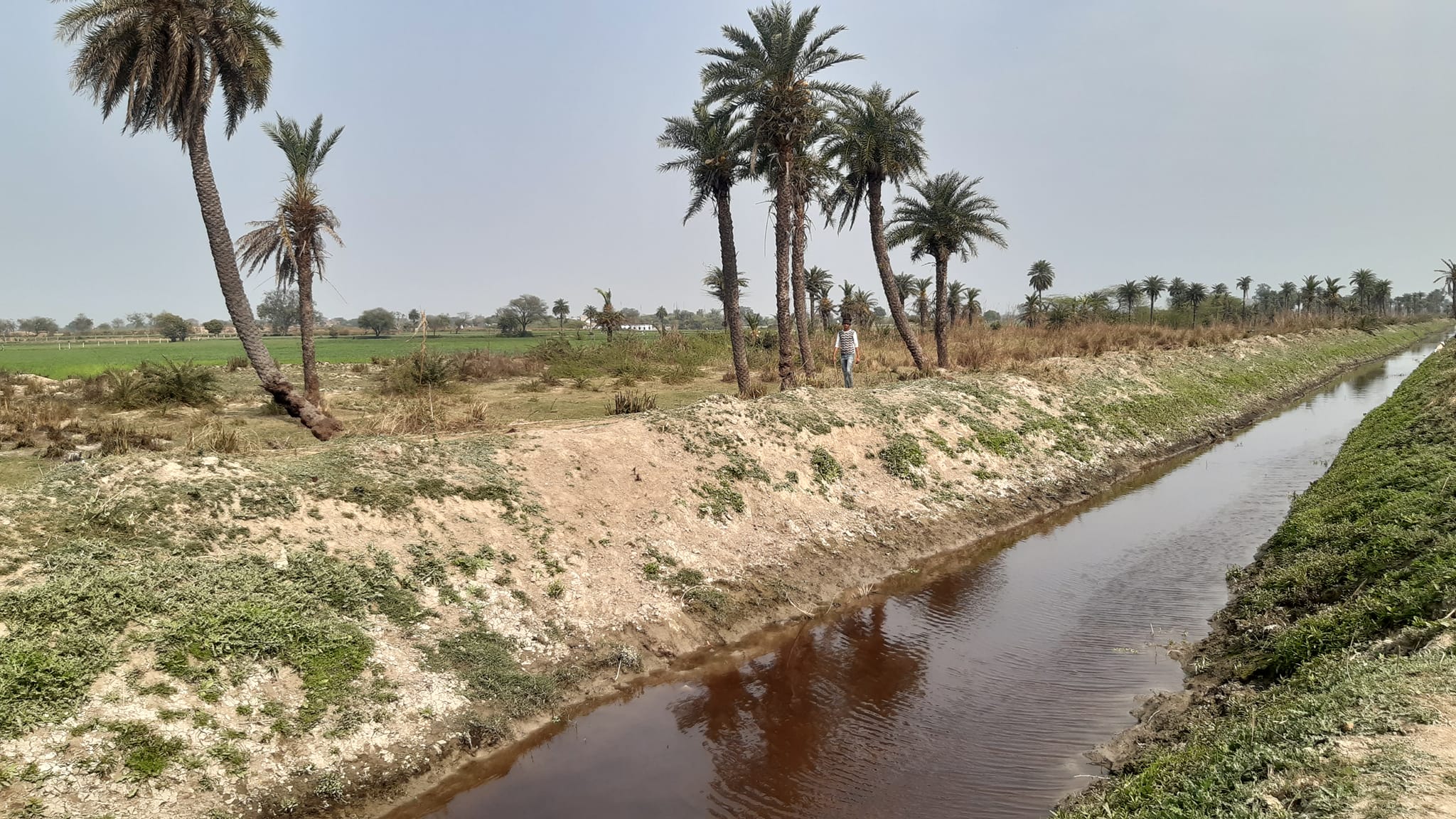2024.02.19 (Vrindavan Today News): After developing the Saubhari Van into Asia’s largest city forest in making, the UPBTVP has mooted the idea to develop the second City Forest on the Mathura – Vrindavan Road. Shri Rajnikant Mittal, the Distict Forest Officer of Mathura elaborated the plans about this city forest to Shri Jagannath Poddar, Editor-in-Chief of ‘Vrindavan Today’ last week.
The forest reserve located along the Mathura-Vrindavan route at Ahilyaganj near the PMV poly-technique college is slated for transformation into city fores. The Uttar Pradesh Teerth Vikas Parishad (UPBTVP) has proposed a beautification project costing approximately 12 crore rupees, in collaboration with the Forest Department.
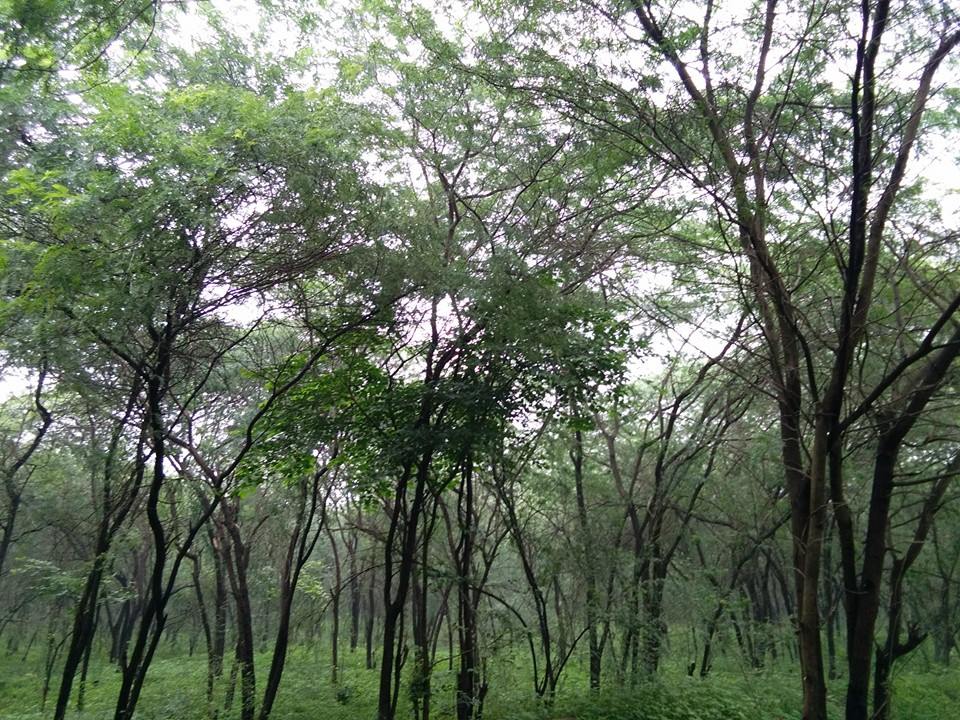
Current State of Ahilyaganj
Ahilyaganj’s forests have deteriorated due to encroachment from residential areas, resulting in a decline in wildlife activities and inadequate development of biodiversity. The dense forest cover has been replaced by predominantly babul trees, leading to environmental degradation and hindrance to wildlife habitat formation.
Proposed Development Plan
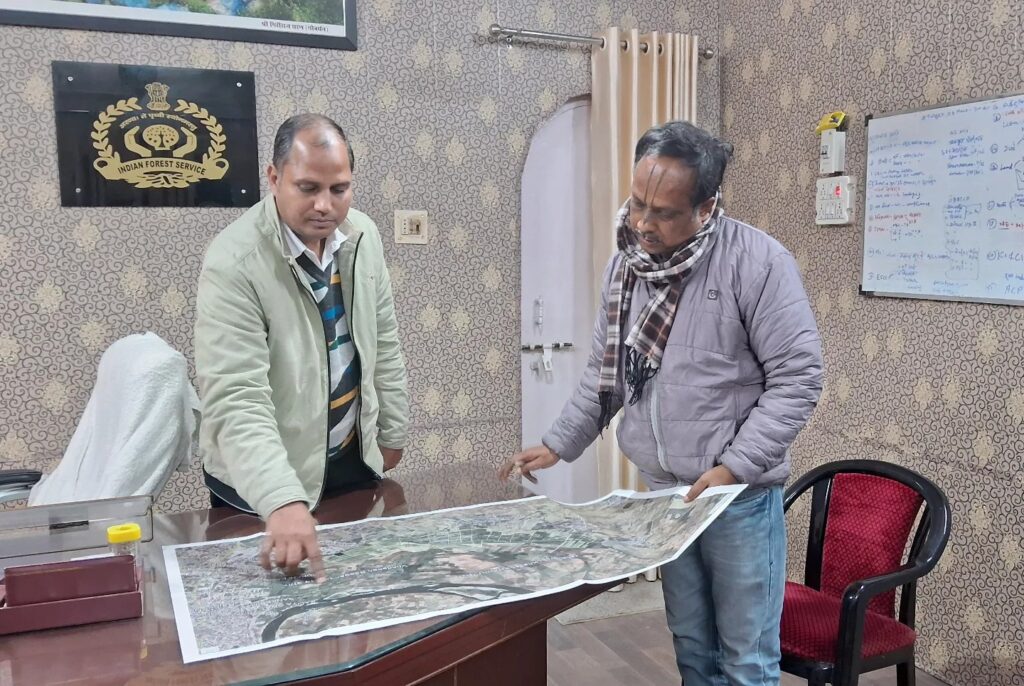
The Uttar Pradesh Braj Teerth Vikas Parishad has envisioned the conversion of Ahilyaganj into an urban forest, allocating 12 crore rupees for its development. In the initial phase, two hectares of land will be developed with a budget of 5 crore rupees, with contributions from the Mathura-Vrindavan Development Authority and the Tourism Department. The Forest Department has initiated preparatory measures for this phase.
Following this, the remaining approximately eight hectares will undergo beautification at an estimated cost of around seven crore rupees.
Features of the Proposed City Forest
Nature Trails: Creation of nature trails connecting all the attractions within the city forest.
Children’s Park: Installation of attractive play areas with features like fountains in the grassy parks for children.
Check Dams and Plantations: Construction of check dams on streams and planting of large-scale Krishna-era plants.
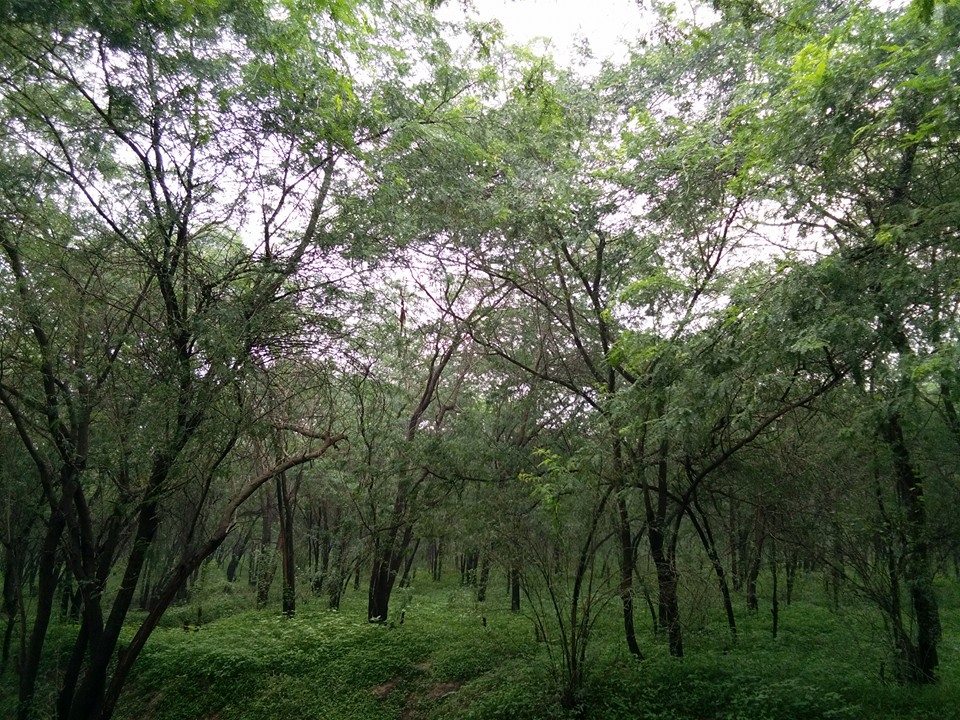
Nature Interpretation Center: Establishment of a large center for nature interpretation.
Upcoming Phases: The development will occur in two phases, with the first focusing on two hectares and the second on the remaining eight hectares.
Challenges and Mitigation
The possibilities for wildlife and biodiversity development have diminished due to illegal activities and waste disposal in Ahilyaganj’s forests. Hence, the decision to transform it into an urban forest aims to address these challenges.
Commencement of Boundary Marking

“Before initiating the development of the City Forest, the Forest Department has commenced boundary marking for the entire Ahilyaganj forest area, involving specialized wildlife officers and revenue teams. This comprehensive marking is essential for delineating the boundaries accurately and effectively planning the development initiatives.” said Shri Rajnikant Mittal, District Forest Officer, Mathura
Beginning of Surveying Ahilyaganj
In anticipation of the urban forest development, the Forest Department has already initiated a comprehensive survey of the entire Ahilyaganj forest area. Specialized forest officers, along with revenue teams, are actively engaged in this endeavor to ensure accurate boundary demarcation and effective planning for the forest’s development.


